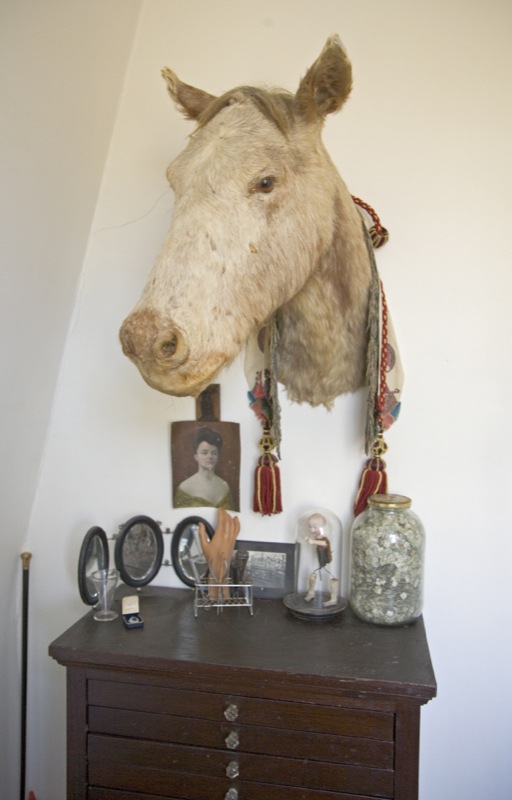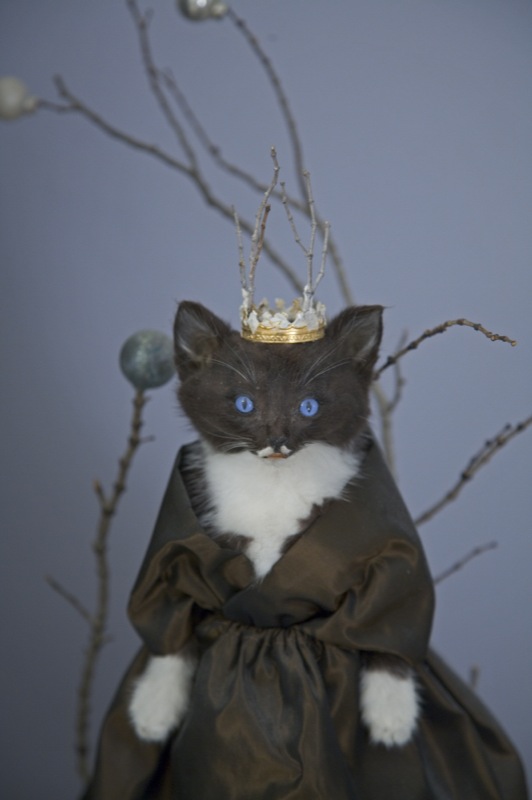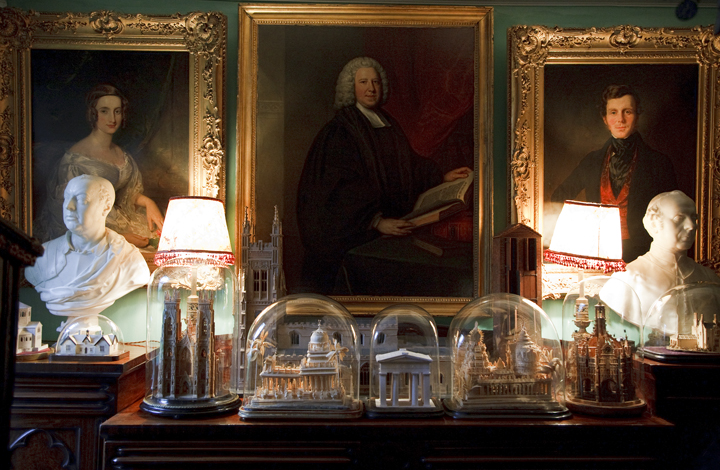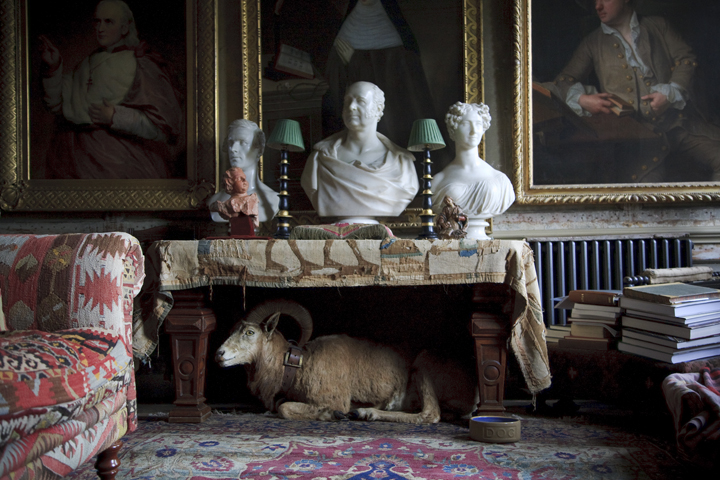
Come learn about skin grafts, from ancient history to modern controversy, with London-based Paul Craddock, Monday May 9th! Hope to see you there.
For more, click here. You can sign up for the Observatory mailing list by clicking here, or join us our Facebook group by clicking here. For more about Observatory, click here. To contact organizers with questions or suggestions, click here.Knowing Your Ass from Your Elbow; or, Thinking About Skin Grafts
An Illustrated Lecture with Paul Craddock, Ph.D. candidate with the London Consortium
Date: Monday, May 9
Time: 8:00 PM
Admission: $5
Presented by Morbid Anatomy and The Hollow Earth SocietyLate in 2010, The Economist ran a series of advertisements about transplant surgery on the London Underground, putting pressing questions to subterranean commuters like Paul Craddock. Ethics, black markets, identity, and the gap between organ supply and demand were all covered, and both sides of the arguments given, urging us to take a view on weighty questions while waiting for a train. The adverts presented The Economist as being at the cutting edge of debate in light of recent advances in transplant technologies, face transplants, and so forth but these questions are nothing new.
No. Transplants did not even appear in the 1960s with the first heart transplant, or at any point in the twentieth century – or even the nineteenth. They were first widely addressed in the media and Literature of the eighteenth century but medical transplantation is actually an ancient skill. Skin grafts go back around 5,000 years, and were simple but bloody affairs.
This illustrated lecture is about the ‘re-discovery’ of skin grafting from India in the early nineteenth century and the questions that seemed to raise. In what ways is it important that we can move skin? How did we find out that it was possible? What does it tell us about ourselves? If it is possible to have skin that’s not our own, what does this do to our sense of self? And what about identity? Why is this important to you, now? By thinking about how these questions were presented in the past, we may view and wear our own skins differently.
Paul Craddock is a second-year Ph.D. candidate with the London Consortium holding the Science Museum's Science and Humanities Scholarship. He is working on The Poetics of Bodily Transplantation, 1702 - 1902, a cultural history of the transplant procedure in medicine covering the two hundred years prior to the recognized 'beginning' of organ transplant history. In a past life, he was a performance and sonic arts scholar, researching and teaching a phenomenology of sound and the experience of it as part of an environment. Currently based in London, Paul is also the Director of London Consortium TV, the London Consortium's televisual arm, and the Publicity and Guests' Secretary for the University of London's Extra Mural Literary Association. He recently found joy in producing and presenting films, of which he has made two and a third to date.
Image: Cowasjee from the Gentleman's Magazine of 1794
























